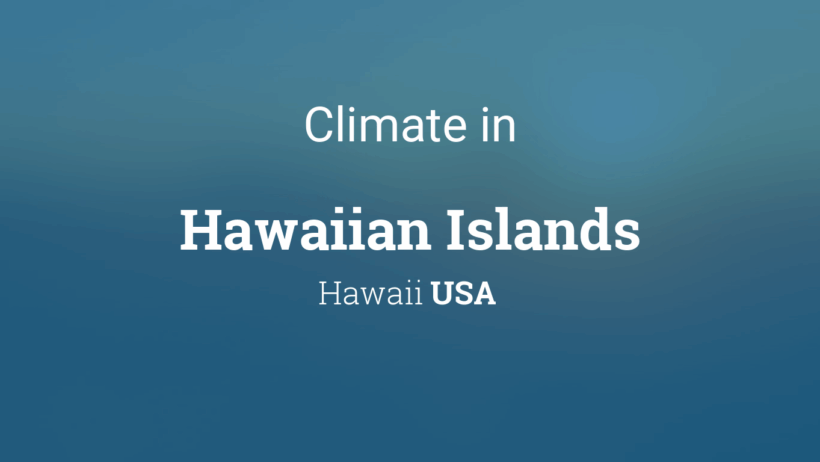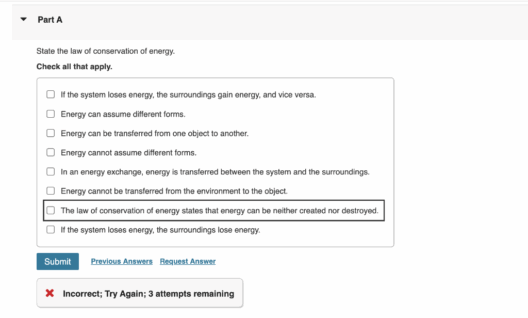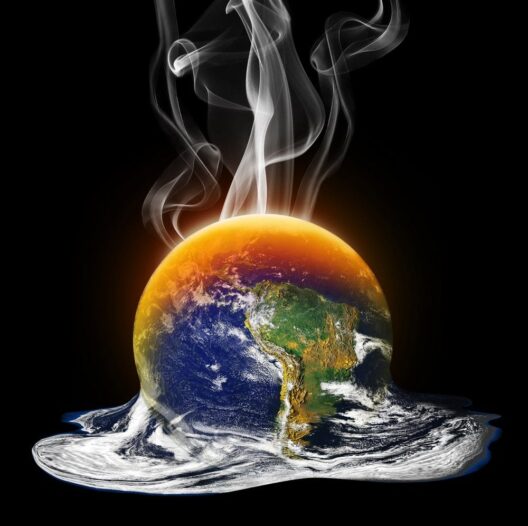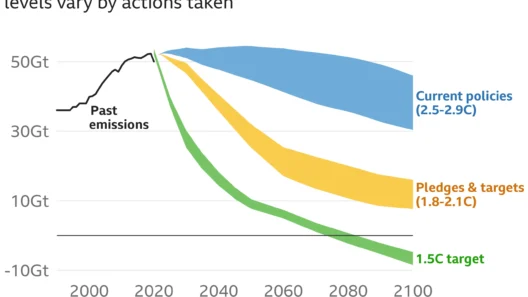Hawaii, often lauded as an idyllic retreat and the epitome of tropical paradise, is renowned not only for its breathtaking scenic beauty but also for its unique and captivating climate. The Aloha State, with its lush landscapes and azure waters, presents a climate that is markedly different from the mainland United States. Understanding Hawaii’s climatic nuances is crucial for appreciating why it remains a sought-after destination for travelers and a beloved residence for its inhabitants.
One of the most enchanting aspects of Hawaii’s climate is its consistency. The islands are situated in the Central Pacific, roughly 2,000 miles away from the continental United States. This geographic isolation, combined with the Pacific Ocean’s moderating influence, creates a climate that deviates little throughout the year. Hawaii’s climate is primarily classified as tropical, with mild temperatures and plentiful rainfall. However, it encapsulates a variety of microclimates that can dramatically differ within short distances, even on the same island.
The Hawaiian Islands experience two distinct seasons: the dry season (kau) and the wet season (hooilo). The dry season typically spans from May to October, characterized by warm temperatures and lower humidity, making it a favored time for beachgoers and outdoor activities. Conversely, the wet season runs from November to April, during which rainfall increases, nurturing the islands’ verdant landscapes. Despite the increased precipitation during this period, it’s essential to note that rainfall is often episodic and localized, meaning that a short, heavy downpour might be followed by sunshine. This peculiar phenomenon is what contributes to Hawaii’s diverse ecosystems, from rainforests to arid regions.
Temperature plays a defining role in Hawaii’s climate. Daytime temperatures generally fluctuate between 70°F and 85°F year-round. However, it’s not solely about the numbers; the islands’ trade winds temper the heat, creating a comfortable atmosphere even on the warmest days. Winds originating from the northeast, known as trade winds, bring refreshing breezes that help maintain a comfortable climate. This is particularly evident in coastal areas, where the ocean regulates temperatures, creating a soothing microclimate.
Elevation also significantly affects climate variations within the islands. For instance, while coastal regions bask in the sun and warmth, areas at higher elevations, such as the summits of Mauna Kea and Mauna Loa, experience markedly cooler temperatures and even snowfall during the winter months. Such contrasts provide an extraordinary opportunity for diverse recreational activities, where one can surf in the morning and ski in the afternoon—a rarity not found in many other locales.
Another compelling component of Hawaii’s climate is its precipitation patterns. The amount of rainfall can significantly vary from one island to another and even from one side of an island to another. The windward sides, typically facing the prevailing winds, receive abundant rainfall, resulting in lush greenery and thriving ecosystems. In contrast, leeward sides are often dryer, fostering a different landscape with semi-arid conditions. The proximity to the ocean plays a pivotal role in this disparity, as moisture-laden winds collide with mountains, causing them to rise and cool, resulting in rain. Understanding this interplay is vital for appreciating the rich biodiversity that thrives in these varied environments.
Climatic variations also encourage a plethora of microenvironments. The intertwining of altitude, geographic orientation, and wind patterns leads to diverse habitats such as tropical rainforests, volcanic craters, and even desert-like areas. This diversity is home to unique flora and fauna, many of which are endemic to the islands. The stark contrasts found in such close proximity not only foster remarkable biodiversity but also highlight the importance of conservation efforts to preserve these delicate ecosystems as climate change looms large.
Hawaii’s climate does not exist in a vacuum. It is intricately linked to global climatic patterns and influenced by phenomena like El Niño and La Niña, which can have substantial effects on temperature and precipitation levels. During an El Niño event, for instance, the islands may experience drier conditions, while La Niña often brings wetter weather. This variability serves as a reminder of the interconnectedness of our planet and the cascading impacts of climate change, making it crucial to exercise conscientious stewardship of Hawaii’s natural resources.
The increasing frequency and intensity of climate-related events, such as hurricanes and rising sea levels, pose significant challenges to the Hawaiian archipelago. As these environmental changes unfold, they threaten not only the natural beauty of the islands but also the livelihoods of those who call Hawaii home. Communities are increasingly recognizing the importance of sustainable practices and policies to safeguard Hawaii’s unique climate and ecosystems for future generations. The imperative to act is clear: local adaptation and resilience are vital as we navigate the pressing realities of climate change.
In summation, Hawaii presents a captivating climate characterized by tropical warmth, diverse ecosystems, and remarkable geographical contrasts. Its weather conditions promise a shift in perspective, inviting all who visit to revel in its enchanting landscapes and rich biodiversity. However, the impacts of climate change present daunting challenges that require our collective action to safeguard this island paradise. The beauty of Hawaii, with its lush valleys and pristine beaches, serves as a constant reminder of nature’s power and grace, and it beckons us to cherish and protect the fragile balance of this breathtaking environment.








